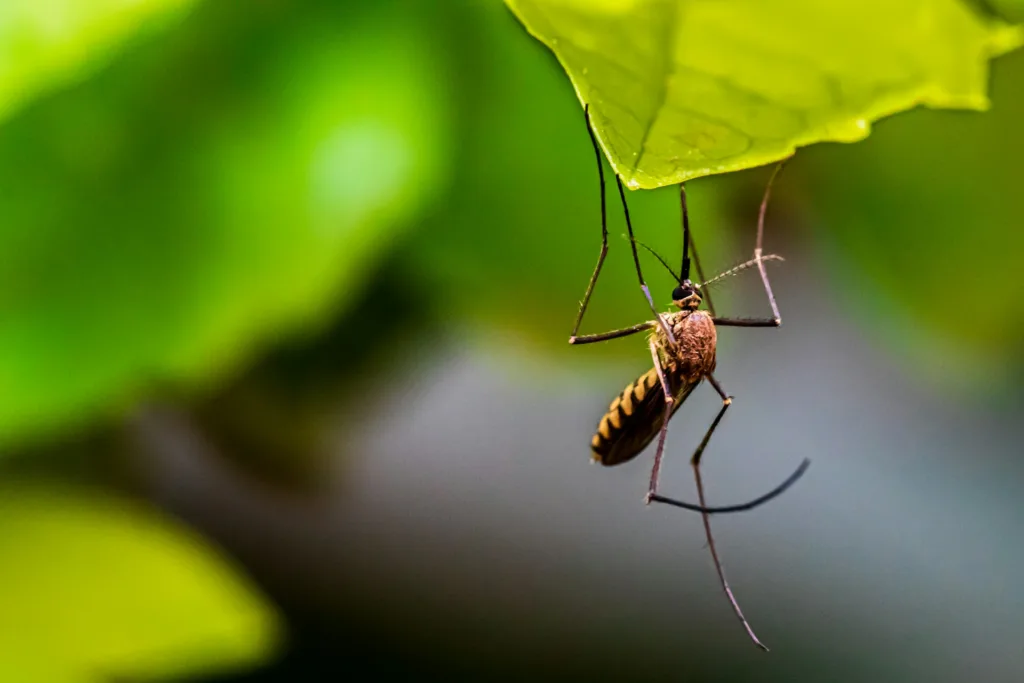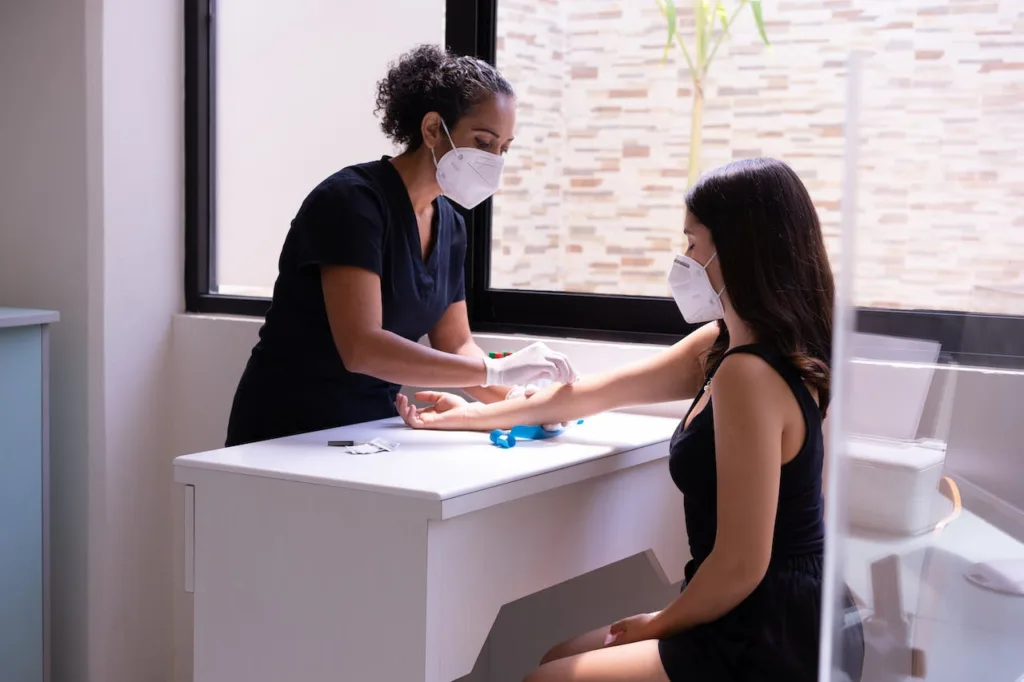Malaria, a mosquito-borne disease, is intricately linked to water sources. Understanding the connection between mosquitoes and breeding sites is crucial in comprehending and preventing the spread of malaria.
The Life Cycle of Mosquitoes
Mosquitoes undergo a complex life cycle that involves aquatic and terrestrial stages. Female mosquitoes lay their eggs in water, leading to the emergence of larvae and pupae before developing into adult mosquitoes.
Ideal Breeding Sites
Stagnant Water Puddles
Stagnant water, often found in puddles, ditches, or containers, provides an ideal breeding ground for mosquitoes. Female mosquitoes deposit their eggs on the water’s surface, initiating the life cycle.
Swamps and Marshes
Swamps and marshes with slow-moving or still water are favorable environments for mosquito larvae. The nutrient-rich water supports the growth of mosquito larvae, enabling them to mature into adult mosquitoes.
Rice Fields
Irrigated rice fields create expansive areas of standing water, offering ample breeding sites for mosquitoes. The prolonged presence of water in these fields facilitates mosquito reproduction.
Malaria Transmission and Breeding Sites
Understanding the link between malaria transmission and mosquito breeding sites is pivotal in developing effective preventive measures.
Anopheles Mosquitoes – Malaria Vectors
Prevalence of Anopheles Mosquitoes
Anopheles mosquitoes are the primary vectors of the malaria parasite. Their preference for breeding in specific water conditions directly influences the regions most susceptible to malaria transmission.
Feeding and Breeding Habits
Female Anopheles mosquitoes require blood meals for egg development. Breeding often occurs near human habitations, increasing the risk of malaria transmission.
Impact of Environmental Conditions
Environmental factors, such as temperature and humidity, play a crucial role in determining the prevalence of malaria.
- Mosquitoes thrive in warm and humid conditions, contributing to increased malaria incidence.
- Rainfall influences the availability of breeding sites. Heavy or irregular rainfall creates more stagnant water, fostering mosquito reproduction and elevating the risk of malaria transmission.
Preventive Measures
Effective malaria prevention involves mitigating mosquito breeding sites to reduce the risk of transmission.
Source Reduction
Communities can actively participate in source reduction by eliminating stagnant water around homes. Regularly emptying containers and ensuring proper drainage minimizes mosquito breeding opportunities.
Land-use practices and environmental management can impact mosquito breeding. Proper urban planning and land drainage help mitigate the creation of mosquito-friendly habitats.
Chemical Control
- Insecticides – Treated bed nets, clothing, and interior spaces with insecticides contributes to malaria prevention by reducing human-mosquito contact, interrupting the transmission cycle.
- Larvicides – The application of larvicides to water sources effectively targets mosquito larvae. This chemical control method helps reduce mosquito populations in specific breeding sites.
- Larvicides – The application of larvicides to water sources effectively targets mosquito larvae. This chemical control method helps reduce mosquito populations in specific breeding sites.
Antimalarials
Antimalaria medications like Malarone can help avoid contraction – typically recommended for travelers that need an antimalarial prescription. These types of medications don’t just reduce symptoms, they help thwart the malaria parasite altogether.
Community Involvement and Education
Empowering communities to actively engage in malaria prevention fosters sustainable outcomes. Education on identifying and addressing mosquito breeding sites enhances community resilience against the disease.
Incorporating malaria education into school curricula enhances awareness, encouraging students to adopt preventive measures. Informed communities are better equipped to combat malaria transmission.
Final Thoughts on Malaria, Water and Mosquitos
The connection between mosquitoes and their breeding sites significantly influences malaria transmission.
By comprehending this relationship and implementing targeted preventive measures, communities can reduce the prevalence of malaria and contribute to global efforts to control this mosquito-borne disease.

